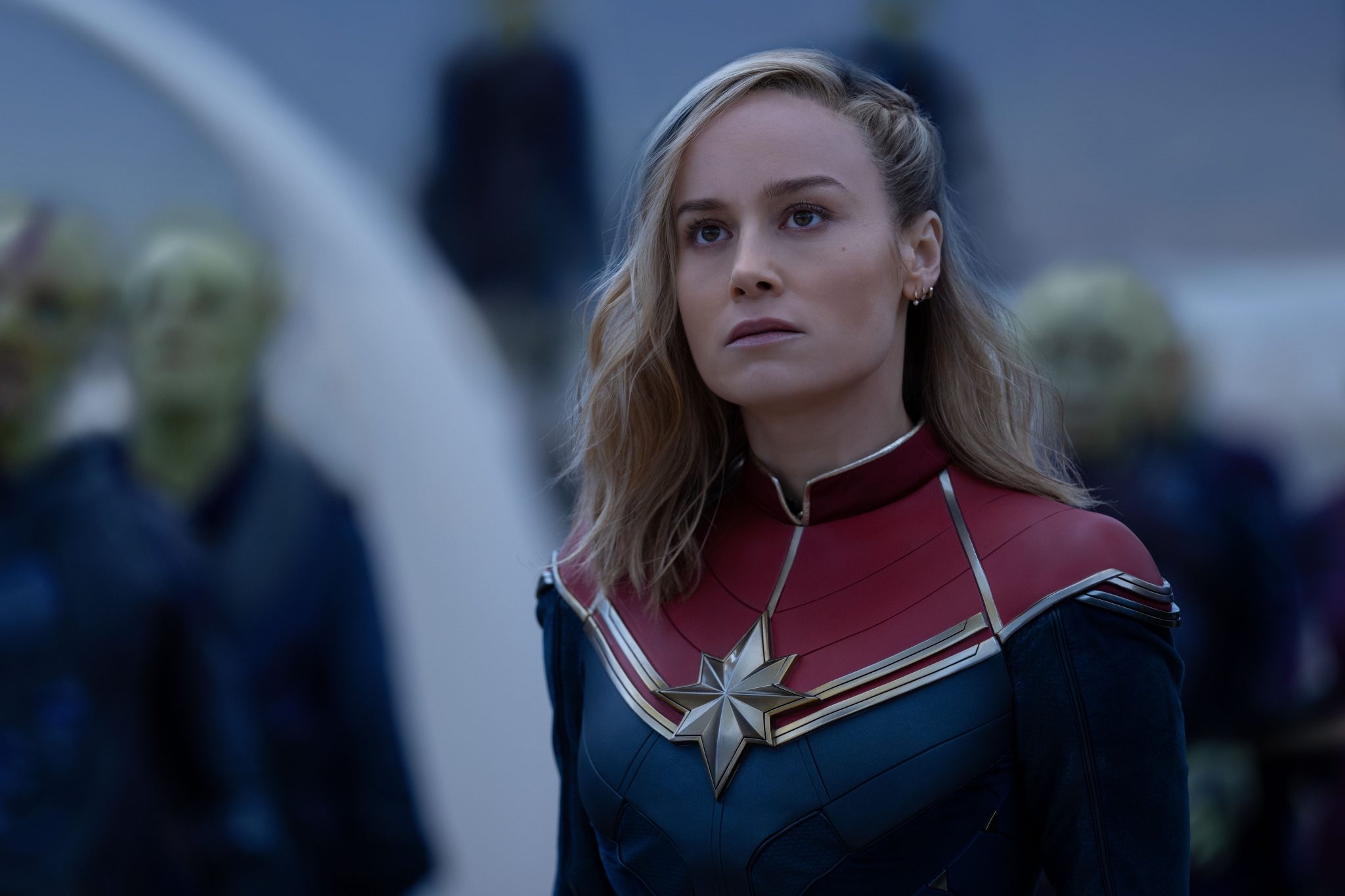In 2019, Marvel Studios’ Captain Marvel opened to $153 million at the domestic box office on its way to a $1.1 billion worldwide finish. It was the highest-grossing opening weekend by a female director in history, and the Marvel Cinematic Universe’s seventh-highest opening up to that point.
The blockbuster’s numbers seem unimaginable four years later. Its sequel, The Marvels, took in just $46 million over its opening weekend — the lowest opening ever for an MCU film.
The Marvels’ opening beat out 2008’s The Incredible Hulk and 2015’s Ant-Man, which opened to $55 million and $57 million respectively, for the title. Taking inflation into account, The Marvels’ situation looks even worse — ticket prices have increased 46 percent since 2008 and 25 percent since 2015.
[PinkPantheress loses originality in debut album ‘Heaven knows’]
This year has been tumultuous for the once-mighty superhero genre. Guardians of the Galaxy Vol. 3 and Spider-Man: Across the Spider-Verse have been bona fide hits, but others like The Flash, Shazam! Fury of the Gods and Blue Beetle have been far from that.
Meanwhile, some of the year’s biggest blockbusters have been built off the backs of familiar IPs translated to the big screen. Summer successes in Barbie and The Super Mario Bros. Movie have both cleared $1 billion worldwide, while Christopher Nolan’s three-hour Oppenheimer rests just under the mark. Meanwhile, the fall’s biggest hits include Five Nights at Freddy’s and Taylor Swift: The Eras Tour.
All of these IPs are new to theatrical audiences, and many cater to younger demographics. More importantly, they’ve kept their budgets in check. Both Five Nights at Freddy’s and Taylor Swift: The Eras Tour were made for around $20 million, while lengthy reshoots sent The Marvels’ costs just under of $270 million, making it one of 2023’s most expensive movies.
[A student’s guide to the best coffee in DC]
The root of this box office conundrum is complicated. Those who are quick to place blame on The Marvels’ diverse, female-led cast would be mistaken — opening weekend audiences were 61% male, according to Exhibitor Relations. There’s a more plausible explanation — audiences are tired of Marvel’s product.
For the past 15 years, the studio has sat atop the box office throne, raking in over $30 billion worldwide. However, a lack of post-Avengers: Endgame clarity and an overproduction of Disney+ content has harmed the brand. Simply put, Marvel has been too much of a good thing.
Since 2021, audiences have been inundated with an almost nonstop flood of content, totaling 24 films and TV show seasons in less than three years. That would be impressive for any production company, let alone a single franchise. As quantity has increased, quality has fluctuated, and audiences have noticed.
CinemaScore grades films on an A+ to F scale based on exit polls from theaters during the film’s opening weekend. The first Captain Marvel earned a solid A score, as did nearly every other pre-pandemic MCU film. The Marvels received a B — tied for the worst-graded MCU film ever.
Counterprogramming and fresh ideas have taken center stage, pushing aside the Marvel machine within the cultural zeitgeist. Like the death of the Western, audiences eventually move on from every genre. If Marvel wants to stay afloat in this new theatrical arena, they are going to have to make and spend less to make their product worth more.



